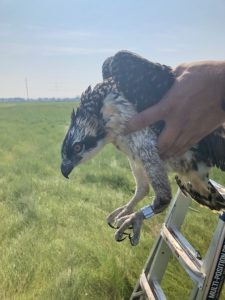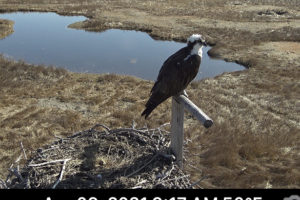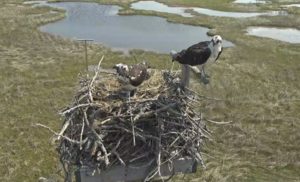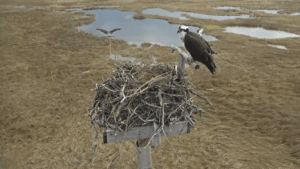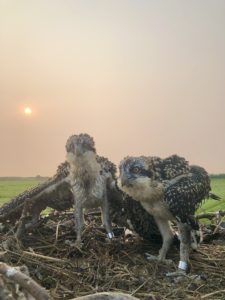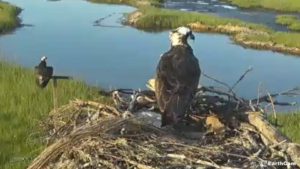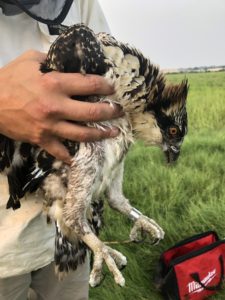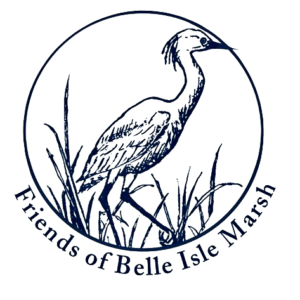For those not intimately aware of the plight of Saltmarsh Sparrows, here is a very brief background. Saltmarsh Sparrows are the only species of bird endemic to the Eastern United States, meaning they only breed in eastern coastal marshes. They now have about a 9% annual decline with roughly 87% of their population lost in the last decade from sea level rise. Many concerned bird experts think it is realistic that Saltmarsh Sparrows will be functionally extinct by 2050 as a breeder without tremendous and sweeping intervention. As a species these sparrows require high marsh habitat to breed, pretty much all high marsh zones require saving via intensive restoration efforts in all of our Eastern Marshes.
I started counting Saltmarsh Sparrows at Belle Isle in 2016. We conducted standard point count surveys of the species, and from 2016 to 2020 we always came up with roughly 8-10 birds at the reservation during our counts. The breeding population seemed to be contained to one small area in the reservation, so the count tally seemed reasonable at the time. Fast forward to 2021, we decided to start banding the Saltmarsh Sparrows at Belle Isle, this was mainly to see if this process could yield some new information on the site’s population and site fidelity, essentially evaluating numbers of annually returning birds.
In 2021 we banded 17 birds, almost double the number of birds we suspected were present at Belle Isle. In 2022 we banded an additional 31 new birds bringing the total number of banded birds to 48, with many un-banded birds still being sighted. Basically wow, lots of birds here ! We also recaptured more than half of the birds banded the year prior, showing that the birds were returning to the same site. We even recaptured a bird banded as a recently fledged juvenile, showing that hatch year birds are also returning to their natal sites.
So what does all this mean ? While our data is not yet complete, it is starting to paint a picture that it is basically impossible to estimate a location’s population of Saltmarsh Sparrows by doing traditional wildlife point counts, banding data must be collected. These birds are running on the ground most of the time, and often not popping up when counts are being conducted. We are learning that even sites like Belle Isle that are considered small from an acreage perspective are critical in maintaining this species population, as they return to the same breeding site year after year. We are now working on building a data set model that will help other locations potentially estimate their population when combining both a banding and point count matrix.
Our work, thanks to research funding and support from Friends of Belle Isle Marsh, our partnership with Geoff at Northeast Wetland Restoration, and the SmartTeams has caught the attention of the Atlantic Coast Joint Venture (ACJV) we are on a very short list of marshes in Massachusetts that is listed as high priority for important habitat and likely funding once the species is federally listed. All this data tied in with the climate assessment conducted by Woods Hole Group for FBIM and MyRWA puts us in a very encouraging position to make meaningful restoration interventions at Belle Isle for these birds, their required habitat, and then will provide an important blueprint for other sites to model.
-Sean
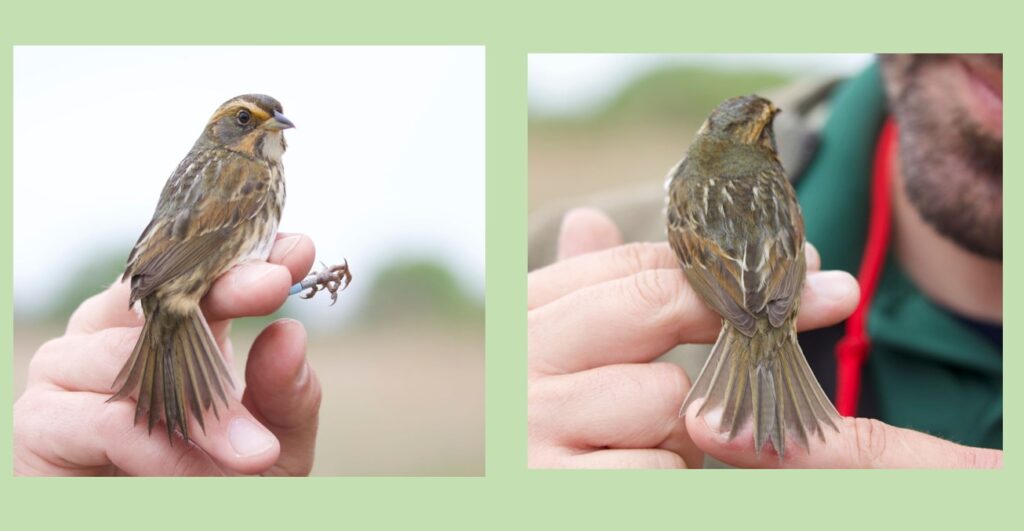
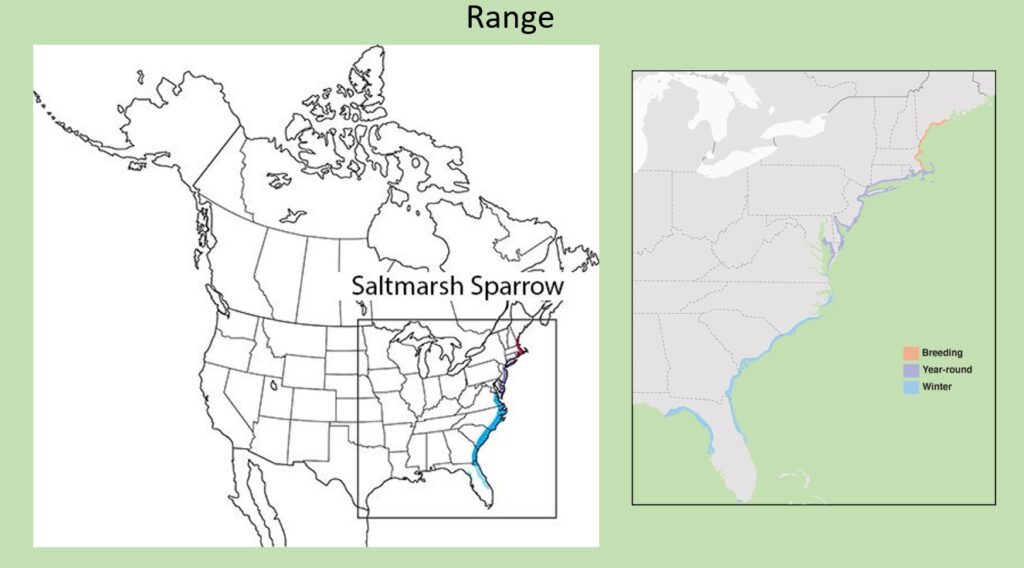
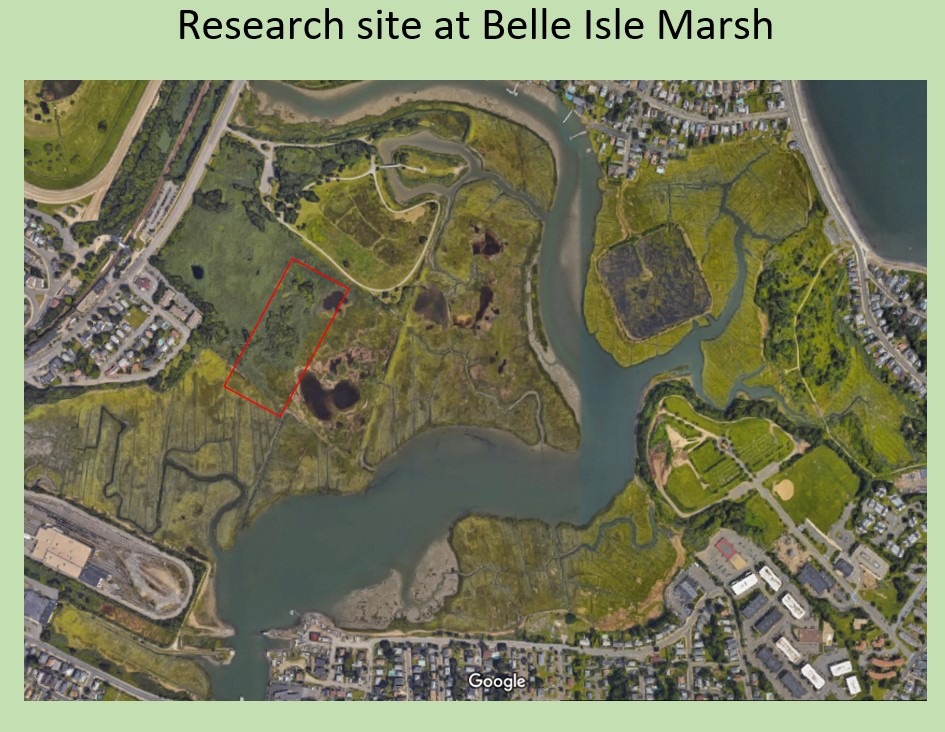
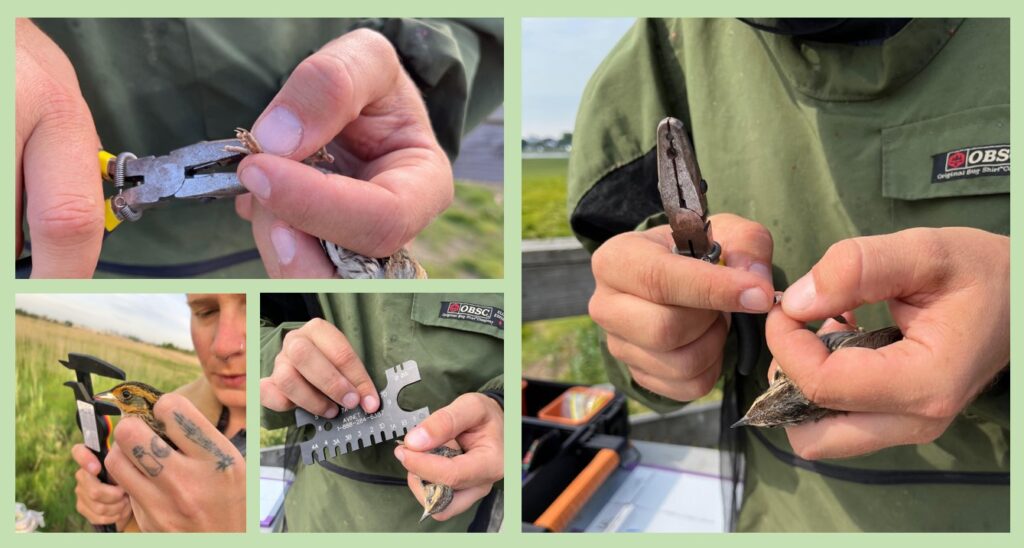
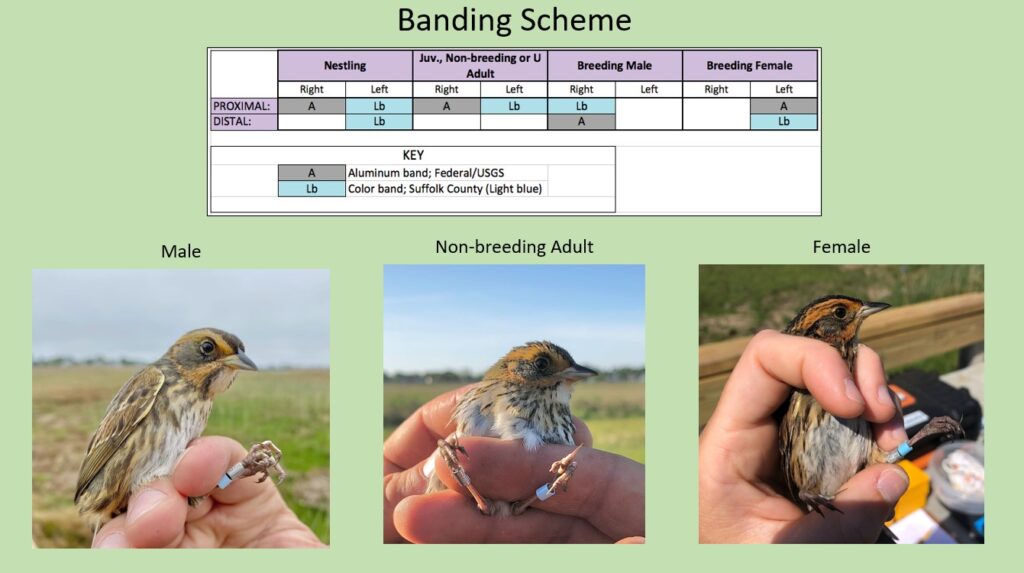
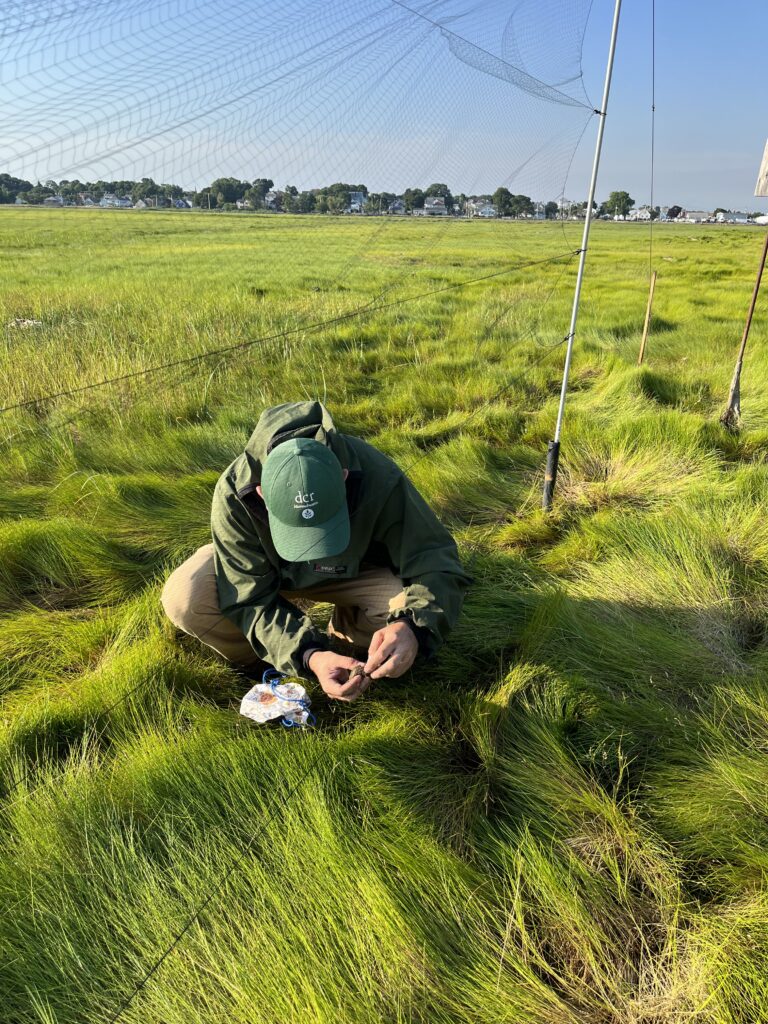
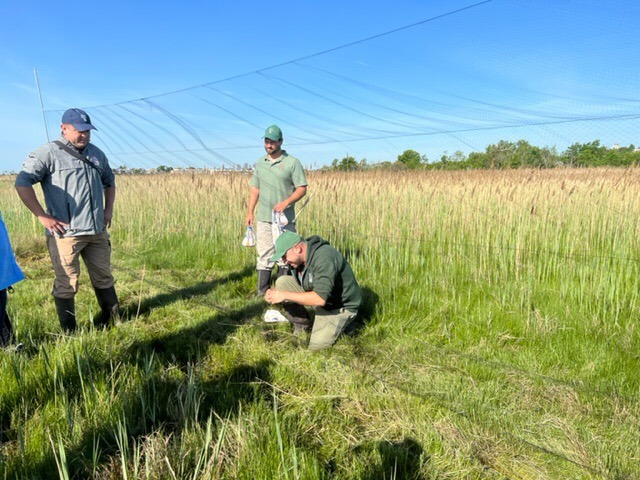
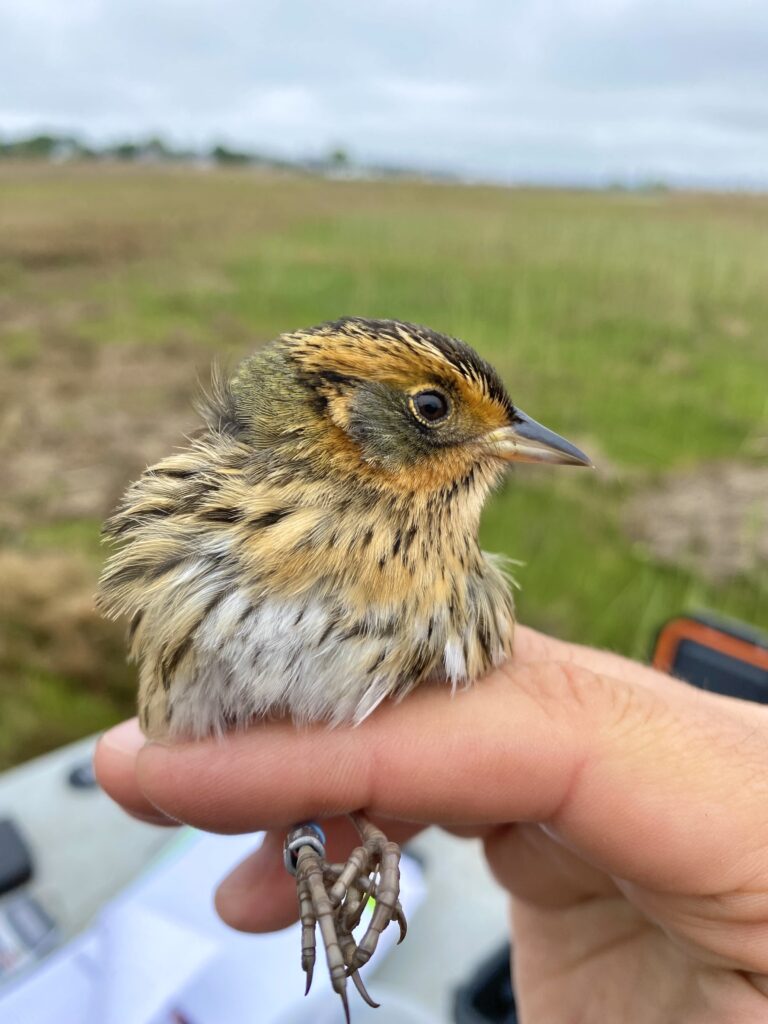
Osprey-palooza 2022
Our 2022 osprey chick banding season is all wrapped up! A total of 23 chicks were banded, ranging in age from ~4-6 weeks old. This year’s banding had us travelling with our 18 foot ladder and banding supplies by foot, our 1 ton DCR dump truck, power boat, and canoe to nests in Duxbury, East Boston, Lynn, Marshfield, Revere, and Saugus. Nests were located in the middle of marshland, in the middle of a field next to a high school, beside a bike path, and even in a junkyard! Most nests were accessed by ladder, but in a couple instances a bucket truck was needed.
Special attention and care is always given when banding, but with chicks we need to be extra careful as their feathers are not fully developed, and holding the bird the incorrect way or wrong movements can lead to the chicks bleeding as their feathers are vascularized . This year we also sported rubber gloves when handling the chicks because of Avian Flu. Sean (Belle Isle’s director), Lis (DCR’s Shore Bird protection program team leader), and Norman (MassAudubon) all applied the bands on the osprey with precision, and we had a few others assist with holding the osprey chicks as the bands were applied. *for reference, an osprey chick weighs less than a 2liter bottle of soda.
The osprey banding that we did is part of a bigger Osprey Program managed by Essex Country Greenbelt. Greenbelt started the program back in 2010 in an effort to protect the osprey. Their program involves the building and installation of nesting platforms, monitoring to track their population and health, and to track their migrations. The program also connects people of all ages with the birds – providing an opportunity for education and future conservation efforts.
Sadly our three chicks at Belle Isle didn’t survive (we had banded two). The parents didn’t appear to be the best caretakers, with the father eating a lot of the fish that provide the young nutrients (their only source of food and water). However, we remain hopeful that other osprey that we banded will thrive, and that their banding will provide more information about the species in the future, and that we can learn about these specific osprey’s travels (if they are captured again) and their lifespans.
Special thanks to those who assisted/supported this year’s Osprey-palooza! Essex County Greenbelt, MassAudubon, Friends of Belle Isle, Mystic River Watershed Association, DCR staff (Revere, Middlesex Fells, shore birders), The Town of Duxbury, various community members, and Rebecca for monitoring the osprey in Lynn and Saugus as part of her MassAudubon birder certificate program.
Want to learn more about the Osprey program? Visit Essex County Greenbelt’s site at: https://ecga.org/Osprey-Program
– Guest writer, Heather Famico (Belle Isle Marsh DCR staff)
Stay tuned for shore bird banding!
Well for those of you watching our nest cam, we have a successful nest this season ! Our pair who Nanci is calling Bella ( female) and Goffo ( male) laid and hatched 3 eggs. So we currently have 3 chicks in the nest. As the egg laying period is stuttered by a few days, our youngest chick is notably smaller than its siblings. We are hopeful that all 3 chicks will survive, but this is often not the case. The older and more dominant chicks will often push the runt of the group to the side, so that they are fed more food. Additionally if the adults begin to feel that the smaller chick will not make it, they will stop feeding the chick as to not waste food and resources. The good news is, Goffo, while he is a menace with sticks and trash, he is actually an excellent fish provider, so there is still a good chance for our smallest chick !
Often we get asked, well why don’t you step in and intervene. Well, the answer is that, the purpose of the camera is to observe the natural life of these animals, not interfere with it. Often life can be tough on wildlife, but nature has a process to weed out the weak. While I will go out to the nest and sometime remove dangerous human trash, I will not interfere with natural selection. This seems harsh, but in reality less than 90% of all raptors survive their first year of life, so the young need to be strong to survive their first migration south.
Over the next few weeks the chicks will start to transform to adult looking Osprey. At about 6 weeks they will be testing out their wings, and will start to fledge (fly) at the 7-8 week mark, meaning they will be able to fly. At this point they will also be fully grown birds. The Adults will continue to feed the chicks and supplement their food as they learn to hunt. Eventually the adults will take off and start their migration. The chicks may stick around for a few more weeks, but likely will be gone by September.
The adults will go their separate ways for the winter, migrating and over wintering in different locations, and then will return to Belle Isle in the end of March next year to do it all over again. The chicks on the other hand, will stay down south, anywhere from Florida to Central and South America for the first year + of their life, then will return north to try to find their own breeding territory over the following season. Amazing stuff !
I will likely go out and band our chicks at about 4 weeks, so likely 2 weeks from now. Yesterday I was down banding on the South Shore with Norman Smith who has been banding Ospreys down there since 1991 , and we are also partnered with Essex County Greenbelt, who is run by Dave Rimmer up North. There is a great community of folks working on Osprey conservation here in Massachusetts.
Stay tuned ! Feel free to send me any questions to Sean.m.riley@mass.gov
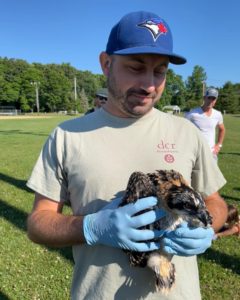
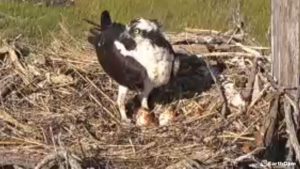
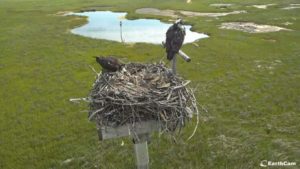
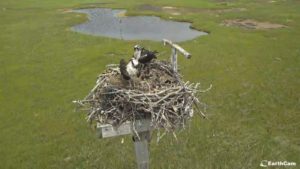
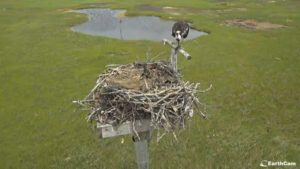
On February 24th 2021 we caught an early returning American Woodcock. This was a male bird, calling at night while we were doing one of our night time bird surveys. This year, on 2.24.22 while doing another survey we caught the same male Woodcock, back early once again. Sometimes people ask, well why do you band birds ? Re-captures like this are exactly why. Without banding this bird, it would be just an early returning American Woodcock. However now that we have banded this bird we start to build a picture. This male bird, now at least 3 years old, returns to Belle Isle each spring ( late winter) to claim his territory. This bird was re-captured only a few hundred feet from where he was captured the year prior. We make assumptions about which birds return to their breeding grounds, but with re-captures like this we start to understand that they return to their exact breeding location, utilizing the same exact habitat tract that they used the prior season.
This week we also recaptured a Song Sparrow that was banded over a year ago. Again, Song Sparrows can, and do nest almost anywhere. So this bird, overwintered some place else, and then returned to Belle Isle to breed, only feet from where it was originally banded the year prior.
This type of information really starts to paint a picture of the challenges birds face with human development of natural places. If we have 2 species such as American Woodcock and Song Sparrow that return to the exact same spot the bred the year before, imagine the need for more habitat niche species to return to their places of origin. We treat the bulldozing of a small thicket or the development of a few acres like its no big deal, but in reality it is likely displacing generations of breeding species that might might not be successful somewhere else, or that will have to dispace other birds if they are faced to move.
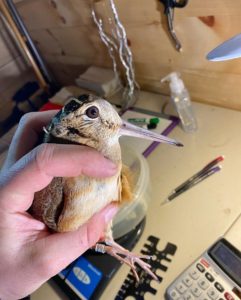
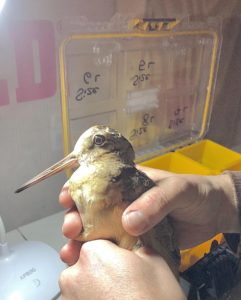

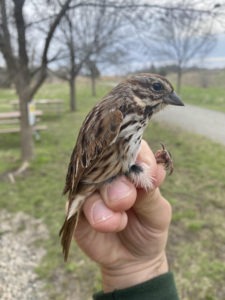
We had lots of interesting birds move through the banding station this winter. We continued our 4th year of Long-eared Owl research, and are learning alot about this secretive species in Massachusetts. We have started to catch some birds we caught the year prior, and are starting to see data on which species return to Belle Isle year after year for breeding. Truly fascinating stuff.
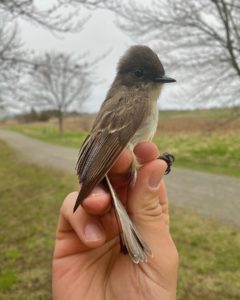
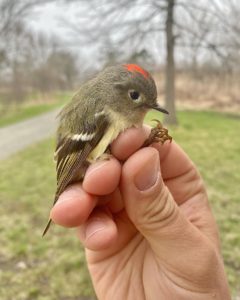
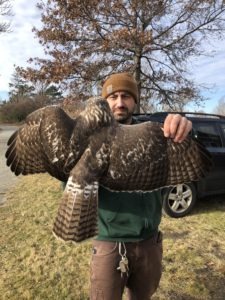
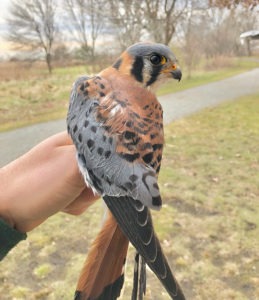
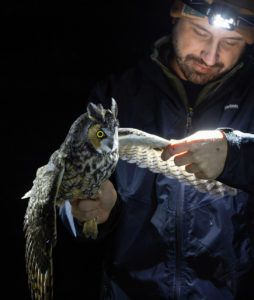
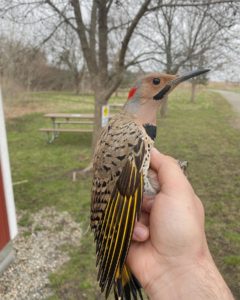
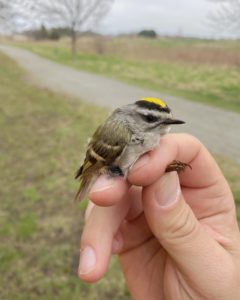
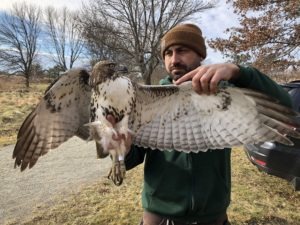
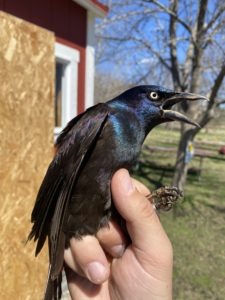
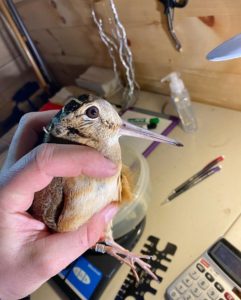
It was an exciting Osprey season at Belle Isle, over 460,000 people watched the Belle Isle nest via the new camera system. For those that don’t know, the camera system was purchased through a online education grant from the city of Boston along with funds from the Friends of Belle Isle marsh. I think given the number of people that got to watch these birds via the camera, the grant goal for online education was more than achieved ! It was a special treat to look into the lives of these beautiful birds.
After laying their eggs, the Belle Isle Osprey nest ultimately failed, and by that we mean they did not successfully have offspring this season. The nesting season can be tricky, and with chicks often taking 50 + days to fully fledge, there is a limited window. The Belle Isle pair just felt there was not enough time to give it a second attempt. After the nest failed the pair continued to build up the nest, what else was there to do but decorate ? The pair added almost 18 inches of sticks since the previous year !
We want to thank everyone that watched the birds, donated funds, or snapped pictures to be added to the “hall of fame” picture gallery on the earthcam site. We will take the camera system down next month as it is very expensive to run, and we don’t want it damaged during winter storms. We will put the camera back up in April of 2022 and hopefully have some chicks next year !! Thanks for the support everyone, we hope you had a much fun watching the Osprey as we did !!!!
Myself and Norman did go out and band a number of chicks in Belle Isle’s sister reservation Rumney Marsh, we banded 5 chicks at 2 different nests.
